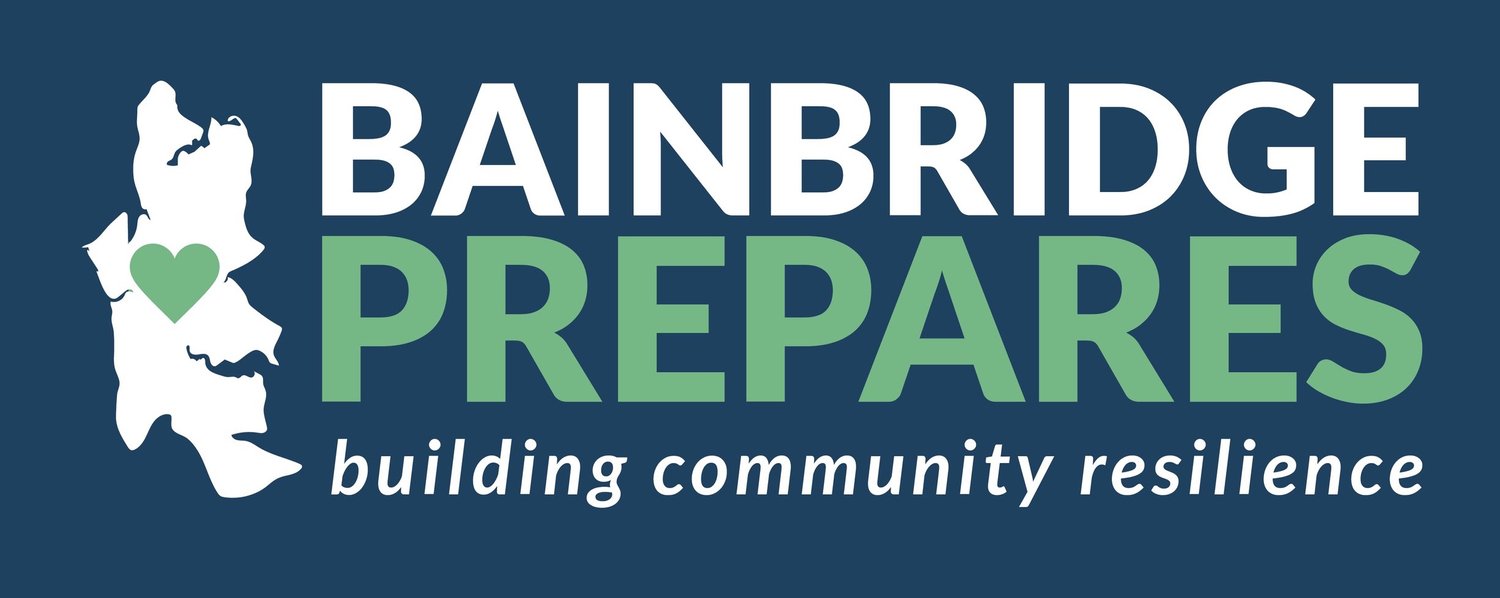Beach Logs Kill
If you’ve visited anywhere along the Washington coast, you’ve seen the signs: Beach Logs Kill. Although people who aren’t from this area may understand the literal meaning of the words, they don’t really get it until they see it—or until someone explains it to them. The proof is in these three comment examples from a Reddit thread on killer beach logs:
“Can someone explain what we're even talking about here? Grew up next to the ocean, but in Southern California, so I have no frame of reference.”
“I think it’s cause I’m a mainlander, but I don’t get it.”
“The logs kill?!”
To help people understand, we’re going to take a deep dive into the phenomenon of the killer beach log.
Here in the Pacific Northwest, with its many vast forests, we get lots of fallen and felled trees in the water. These giant logs, despite being massively heavy, get tossed about by the surf and waves. Even just a few inches of water are powerful enough to move a giant log. Eventually, the logs get washed up on shore.
Beach at Kalaloch Lodge, Washington
If you are standing on the beach or swimming or wading in the surf, a log can without warning suddenly get launched toward shore by a sneaker wave. What is a sneaker wave? It is a much larger wave that suddenly appears in a wave train. A sneaker wave can travel as far as 150 feet up a beach, much farther than the preceding and following waves. You can’t see it coming or differentiate it from other waves until it hits the shore—and by then it’s too late.
Sneaker wave receding at Ruby Beach, Washington
Sneaker waves + logs = danger. There are three specific ways this combination can be deadly:
When a log gets propelled by a sneaker wave, it can crush you.
If you are climbing on one of these logs on the beach and a sneaker wave comes up and moves it, it can roll over you and crush you.
If a sneaker wave knocks you down, it can send you flying into a log.
Ruby Beach, Washington
At this time of year, people flock to Washington’s wild coast to take in the rugged scenery, watch for migrating gray whales, and enjoy cabin getaways. When you’re visiting the coast, take precautions to make sure a beach log doesn’t get you:
Never turn your back to the water.
Make sure you have at least 600 feet of visibility on the beach—on foggy days be extra careful as you won’t be able to see logs or sneaker waves until it’s too late.
Watch out for sneaker waves that can knock you down and pull you under.
Avoid climbing on logs. At the very least, don’t climb until the wave is receding.
Photos by Julie Hall and Sarah Lane.




